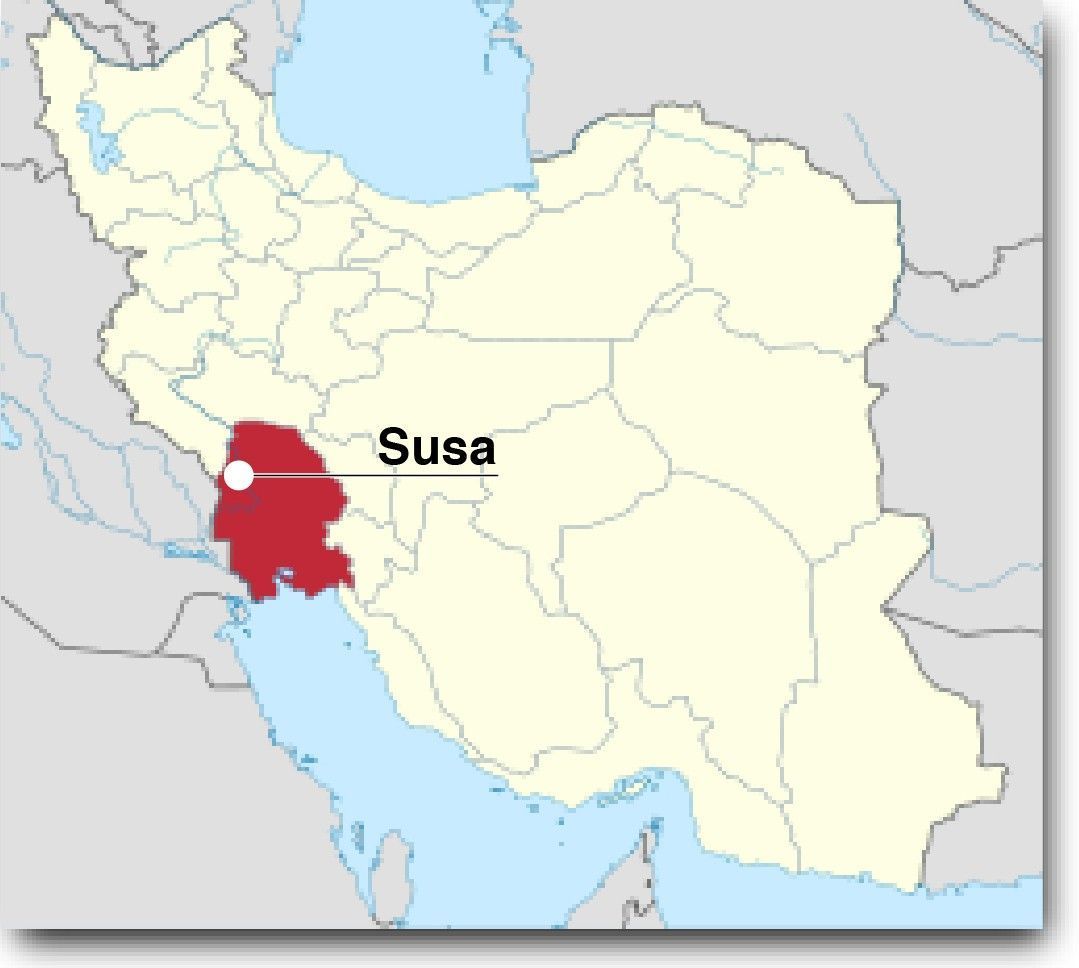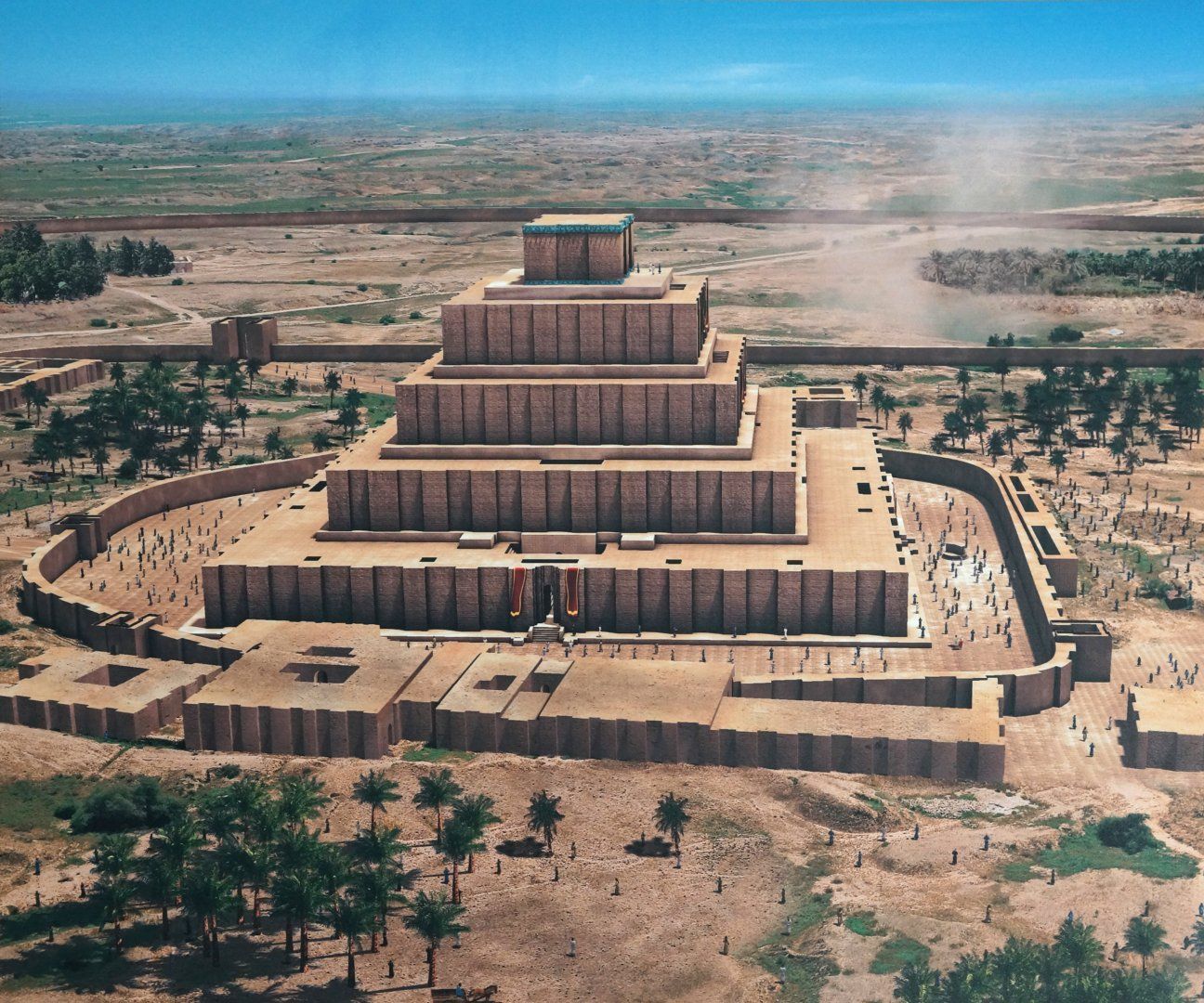[aesop_content color=”#FFFFFF” background=”#c39797″ width=”content” columns=”1″ position=”none” innerposition=”10px, 10px, 10px, 10px” imgrepeat=”no-repeat” floaterposition=”left” floaterdirection=”up” revealfx=”off” overlay_revealfx=”off”]Earlier this month, the ancient city of Yazd became the 22nd site in Iran to be inscribed by UNESCO on its World Heritage List, which distinguishes places deemed “of outstanding value to humanity.” To mark the event, Kayhan Life presents the first of three other prominent Iranian sites on the list.
[/aesop_content]
Chogha Zanbil was one of the first sites in Iran to be inscribed on UNESCO’s World Heritage List. It is the largest and best-preserved ziggurat (stepped pyramidal monument) outside of Mesopotamia, and part of an ancient city within the Kingdom of Elam, located in present-day Khuzestan province. Ziggurats were huge religious monuments built by the Sumerians, Babylonians, Elamites and Assyrians in the ancient Mesopotamian valley (Iraq) and in the western Iranian plateau.

Located about 24.85 miles (40 kilometers) southeast of Susa, in southwestern Iran, Chogha Zanbil is a ruined palace and temple complex of the ancient Elamite city of Dur Untash. Chogha Zanbil and Susa are the only surviving examples of the architectural development of the middle Elamite period.
Abandoned for well over a thousand years, the site was rediscovered by accident during an aerial survey carried out for the Anglo-Iranian Oil Company in 1935. It was given its modern name of Chogha Zanbil or “basket mound” in the Bakhtiari dialect, because the ziggurat looked like an upside-down basket before its excavation.
Systematic excavation did not begin until 1951, despite initial studies starting in 1936 by Roman Ghirshman – a French archaeologist of Ukrainian origin described by Encyclopedia Iranica as one of the pioneers of archaeological research in Persia. Ghirshman had been appointed in 1931 as the head of the Archeological Mission in Persia by the Louvre Museum, and carried out nine excavating seasons at Chogha Zanbil from 1951 to 1962.
UNESCO’s World Heritage Center describes Chogha Zanbil as “an exceptional expression of the culture, beliefs and ritual traditions of one of the oldest indigenous peoples of Iran. Our knowledge of the architectural development of the middle Elamite period (1400-1100 B.C.) comes from the ruins of Tchogha Zanbil and the capital city of Susa 38 kilometers to the northwest of the temple.”

“Studies of the ziggurat and the rest of the archaeological site of Tchogha Zanbil containing other temples, residences, tomb-palaces, and water reservoirs have made an important contribution to our knowledge about the architecture of this period of the Elamites,” writes UNESCO, “whose ancient culture persisted into the emerging Achaemenid (First Persian) Empire, which changed the face of the civilized world at that time.”
The Kingdom of Elam was a large state on the western flanks of the Zagros Mountains. Its principal city, Susa, was founded in the late fifth millennium B.C.
Dur Untash was a city founded by the Elamite king Untash-Gal in the 13th century B.C., and dedicated to Inshushinak, the bull-god of Susa. Untash-Gal was an ambitious builder; his name is associated with the restoration and construction of numerous temples and buildings.
Originally, Dur Untash was developed as a pilgrimage town, the ziggurat being the center of the ancient city, surrounded by smaller temples, fortification walls, a palace, and a funeral palace. Though construction abruptly ended after the ruler’s death, the site continued to be occupied, and remained a place of religious pilgrimage and a burial ground, before being heavily damaged by the forces of the Assyrian King Ashurbanipal in about 640 B.C., after which it fell into ruin.
The archaeological site covers a vast, arid plateau overlooking a valley. The complex has been protected by three concentric enclosure walls: an outer wall, about 2.48 miles (four kilometers) in circumference, enclosing a vast complex of residences and the royal quarter; a second wall protecting the temples; and the innermost wall enclosing the focal point of the ensemble, the ziggurat. The ziggurat originally measured 345.14 feet (105.2 meters) on each side and about 173.89 feet (53 meters) in height, on five levels, and was crowned with a temple. Though it now stands 78.74 feet (24 meters) high, less than half its estimated original height, its state of preservation is unsurpassed.
The United Nations Educational, Scientific and Cultural Organization (UNESCO) List of World Heritage Sites was established in 1972 “to encourage the identification, protection and preservation of cultural and natural heritage around the world considered to be of outstanding value to humanity.” The first three sites from Iran were inscribed in 1979, and remained its only listed properties until 2003.

